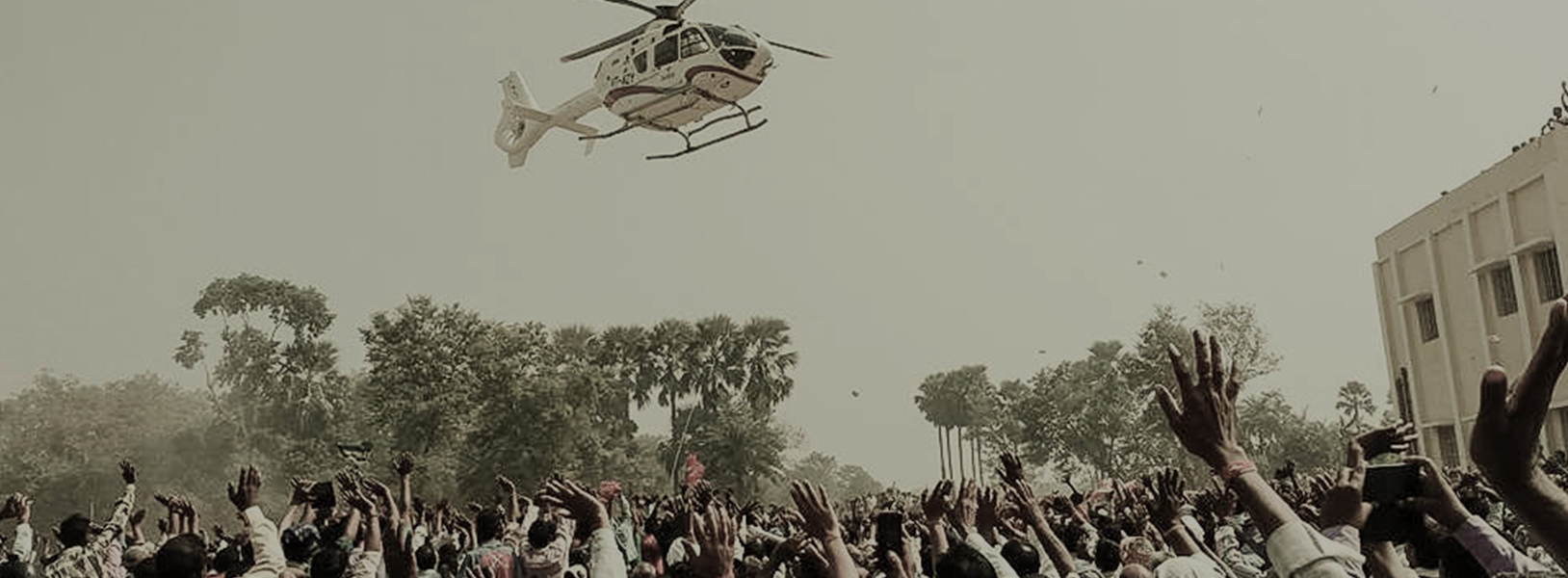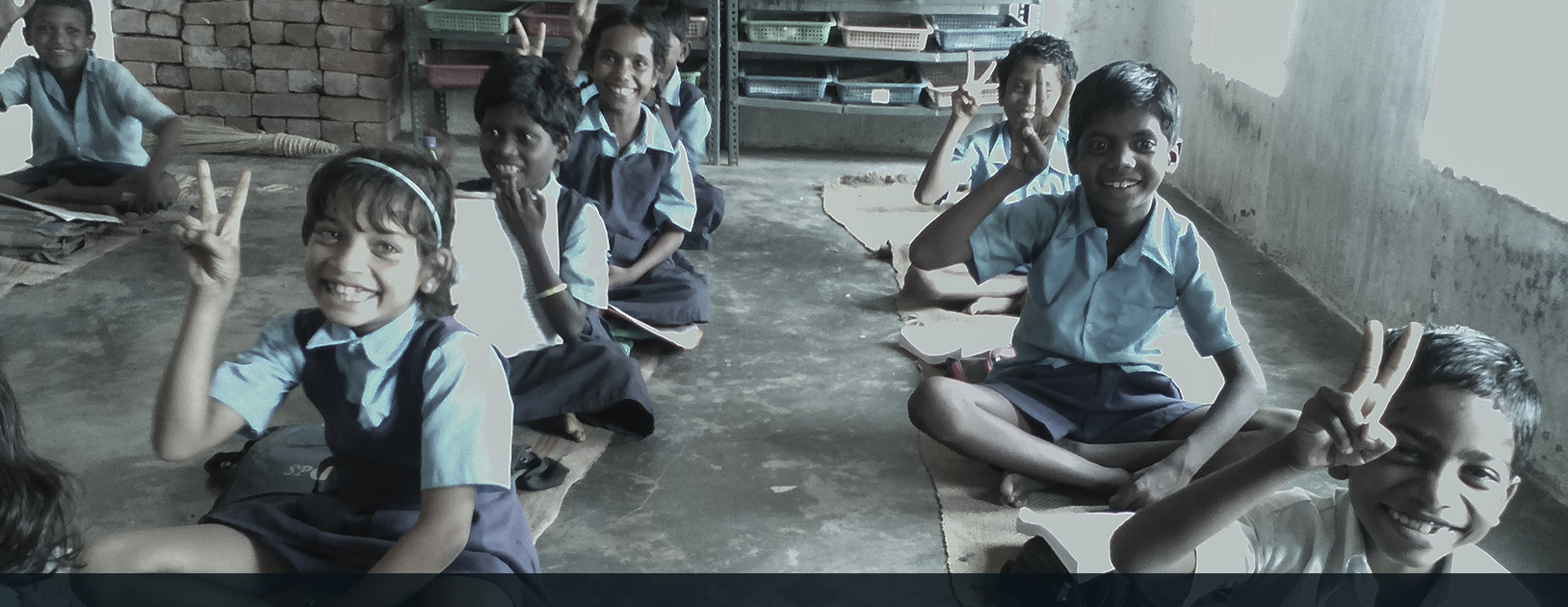
ACCOUNTABILITY INITIATIVE ANALYSES PUBLIC DELIVERY OF SCHOOL EDUCATION AND NUTRITION IN THE STATE.
SOCIAL SECTOR SCHEMES BUDGET BUREAUCRACY
Context
In partnership with the Chhattisgarh government and UNICEF, the Accountability Initiative (AI) undertook its flagship PAISA (Planning, Allocations and Expenditures, Institutions Studies in Accountability) study to track the use of development funds in the state, with the data collection conducted in 2015.
As a first step, the study compared Chhattisgarh’s performance to its peers. As a result of the implementation of the FFC (Fourteenth Finance Commission) recommendations, designed to enhance fiscal autonomy to states, Chhattisgarh received a significantly higher proportion of untied funds from the Union government in 2015-16 (as per revised estimates or RE) compared with 2014-15 (Actuals) – overall central transfers increased by 65% in this period. Interestingly, Chhattisgarh appears to have used a significant portion of its untied money toward investments in social sector programmes. When compared with 2014-15 (Actuals), investments in social sector increased by 50% in 2015-16 (RE).
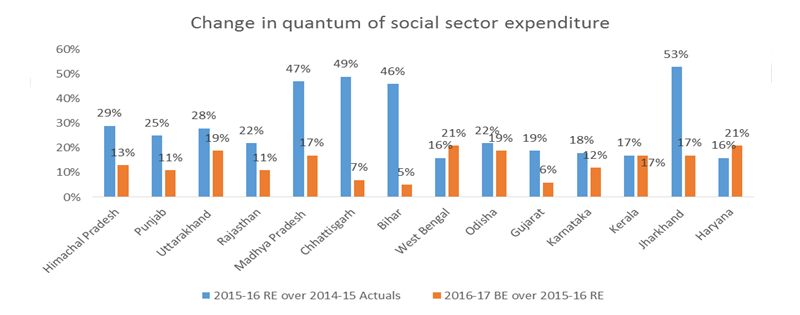
The study then took an in-depth view of the implementation of four important Government of India sponsored social sector schemes. These were – Sarva Shiksha Abhiyaan (SSA) for elementary education of children aged 6 – 14; the Midday Meal Scheme (MDM); Rashtriya Madhaymik Shiksha Abhiyaan (RMSA) for secondary education; and the Integrated Child Development Scheme (ICDS). The study evaluated the nature and effectiveness of public service delivery of school education and nutrition in the state. The data was collected from four districts – Rajnandgaon, Surajpur, Janjgir Champa and Bastar – which were decided upon in consultation with the state administration.
A mixed method approach was employed, wherein both quantitative and qualitative data was collected in order to achieve a comprehensive picture of the ground reality. The quantitative data illustrated the existing situation in fund flow and public service delivery and was collected through both primary and secondary sources. Additionally, qualitative interviews were conducted with both frontline workers and senior bureaucrats in charge of implementing the schemes at the block and district levels.
Rigorous analysis of the data reflected some overarching implementation gaps across all four schemes:
Limited human resources and weak internal management resulting in poor supervision;
Insufficient planning capacity and lack of prioritised resource allocation at the grassroots;
Delayed fund flows and a complicated disbursement process.
Key Findings
The key findings specific to each of the schemes are summarised below.
Sarva Shiksha Abhiyan and Rashritya Madhyamik Shiksha Abhiyan
Teacher shortage: Vacant teaching posts, compounded by absenteeism, impacting teacher ‘availability’, was a prominent concern faced by most schools. Multi-grade teaching (students of different grades sitting in the same classroom), particularly in secondary schools, led to an adverse effect on quality of education. This was particularly evident for subjects like Science and Mathematics where the same teachers had to double up to teach both subjects.
Moreover, while the state found it tough to recruit teachers for its secondary schools, those that were hired didn’t necessarily report in schools to teach. Measured as on the day of the survey visit, teacher absenteeism was high especially for subjects like Hindi, English, Science and Social Science, and more so in tribal districts. This was also true for primary school teachers where over 20% of all recruited school teachers were absent on the day of the main survey. Additionally, the study found that under RMSA, salaries of a decentralised teacher cadre – the Shiksha Karmis/Panchayat Shikshaks – were often delayed, and thus they had little incentive to work.
Gaps in infrastructure provision: With high rates of enrolment, Chhattisgarh has the lowest proportion of out-of-school children (4%) both in comparison to other states, as well as the national average. Yet, infrastructure provision remains poor. A survey of SSA in primary and secondary schools in the four districts studied showed that despite several years of the Right to Education being in place, gaps remained in provision of key infrastructure facilities. For instance, lack of usable toilets and absence of boundary walls were common problems.
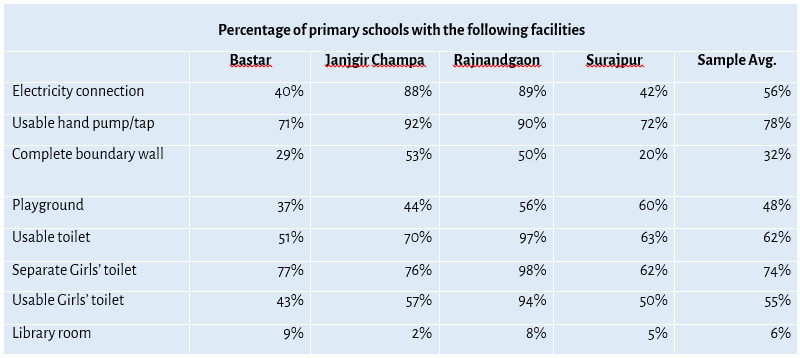
Secondary schools seemed to fare better on infrastructure provisioning, but that was mostly on account of the older, non-RMSA schools included in the survey sample (31 of the total 62 schools surveyed) which were built by the state, primarily in the 1980s and 1990s (RMSA was launched in 2009). The most significant infrastructure gaps at the secondary school level seemed to be in the provisioning of boundary walls and computer labs. Interestingly, unlike SSA, there were significant variations across districts. For instance, while only 35% of all secondary schools in Surajpur and 58% in Bastar were found to have a separate and usable toilet for girls, such toilets were almost the norm in secondary schools surveyed in Janjgir Champa and Rajnandgaon (80-90% coverage).
Crucially, the schools were unable to fully exercise their right to demand provision of these facilities from relevant government departments. While there is provision for the School Management Committees or SMCs (primarily meant to represent parents) for making School Development Plans (SDP) – on the basis of which funds are released to schools – most SMC members are not trained in how to prepare these plans. In fact, they feel that developing an SDP is an exercise in futility as funds released are seldom in line with the needs of the school. This is often because the needs of each school are specific to its situation (which may depend on its location, geography, the local politics etc.) while the funds released by the government are often tied to the general perceived requirements of schools. At the same time, planning by government officials at the district level is done in an ad-hoc manner with little or no emphasis placed on the demands of the SDPs that are actually submitted to them.
Mid-Day Meal Scheme
Innovation in delivering mid-day meals: Chhattisgarh has clearly innovated in delivering the MDM within the state. It has introduced an online system of rice provisioning to reduce the time taken to deliver rice to schools and decrease pilferage. The state has also involved local women in the cooking of meals and pays them a higher honorarium to increase their incentive to work.
Delays in receiving money: There are still, however, substantial delays in receiving cooking cost money and Cook-cum-Helper honorariums. These lead to women buying items like vegetables, pulses, oil etc. on credit, a system that is not sustainable. There are district-wide variations too – for instance, the district of Janjgir Champa appears to be performing poorly on most parameters. Given that it is a populous district with significantly more children enrolled per school, the shortfalls warrant attention.
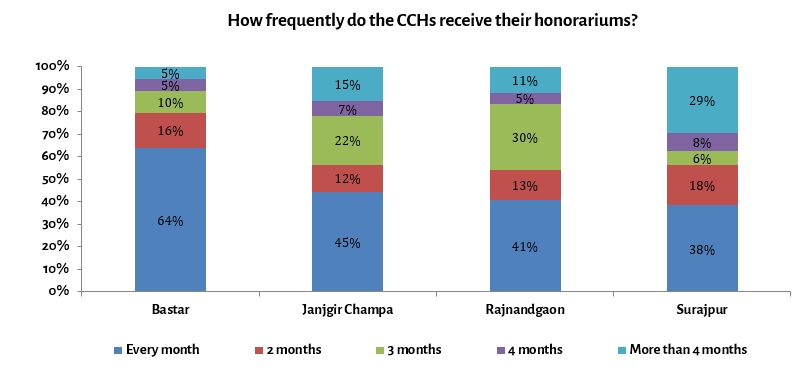
Moreover, official monitoring for MDM, which is closely linked with the overall monitoring of schools, is sparse. Monitoring visits by the last-mile points of government are not just few, but far between. Long distances and unavailability of public transport play some role in poor monitoring. MDM is often seen as an additional responsibility, warranting much vigilance, but with poor resources (both human and financial) being made available for keeping check. Existing mechanisms such as placing a complaint box in each school or providing MDM toll-free helpline numbers do not seem to work – not everyone seems to be aware of them.

Integrated Child Development Scheme
Infrastructure and equipment deficiencies: The survey conducted a census of the 240 anganwadi centres (AWC) present in the four districts. Serious deficiencies were found in infrastructure and equipment availability in anganwadis. The lack of usable toilets, equipment for cooking, essential drugs and material for health monitoring (such as child growth charts, immunisation charts, posters etc.), severely constrained anganwadi workers (AWW) and helpers
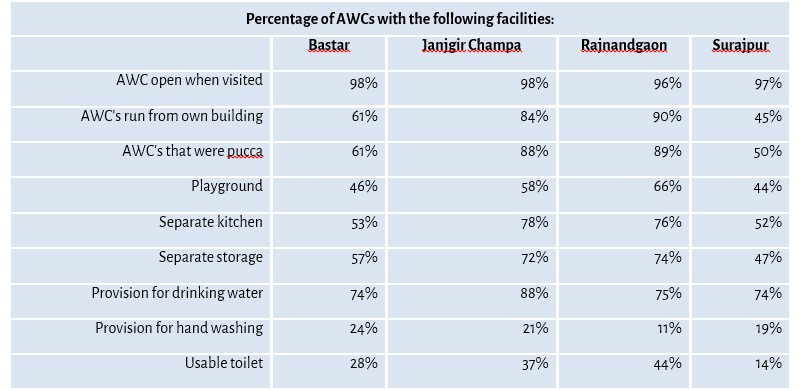
On a positive note, nearly all AWCs were found to be open when visited by the survey team. Attendance registers revealed that across districts, anganwadis were (on average) open for 26 days in the month prior to the survey, for 6 hours in a day (from 9/9.30 a.m. to 3/3.30 p.m.)
Overburdening anganwadi workers: The anganwadi workers have to also take on the role of being foot soldiers for delivery of multiple government schemes. This takes away from their focus on ICDS delivery, particularly the provision of pre-school education. In addition to their responsibilities at the anganwadi centre, AWWs and Sahayikas (anganwadi helpers or AWH) are drawn into delivery of social welfare programmes such as the Kishori Shakti Yojana (KSY) to educate teenage girls, and immunisation drives. They are also involved in other state work such as the Census and BPL (Below Poverty Line) surveys, enrollment for Aadhar, and so on. Additionally, to monitor delivery of ICDS and all services promised by it, they have to maintain a series of registers. For many of these activities, the AWW has to step out of the AWC, resulting thereby in noticeable absence, even though she is out for official work.

Moreover, the survey found substantial delays in the receipt of the honorarium for both the AWW and the AWH. These delays in honorariums may be explained by: (1) delays in release of funds out of budgeted allocation; and/or (2) low spending out of total ICDS allocation.
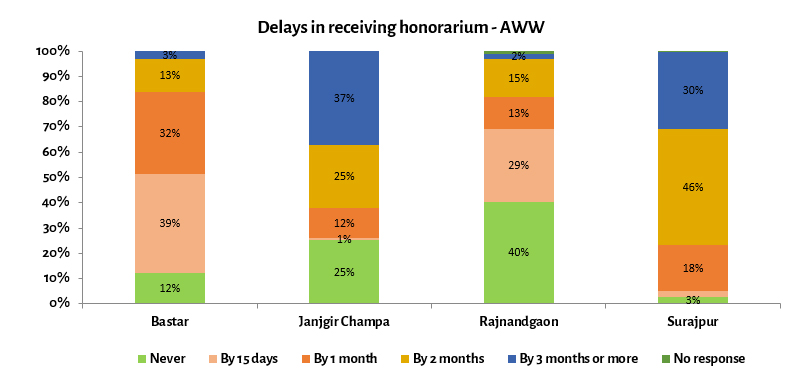
Conclusion
Administrative inefficiencies, poor targeting, high administrative costs and leakages characterise the implementation of many development programmes in India, and consequently, only a small fraction of development resources is said to reach their final destination. Although the problem is well-recognised, there is surprisingly little data or analysis in the public domain on how development funds travel through the system. It is often unclear what the systems and processes employed to implement state schemes are, and what their effectiveness in a given local context is.
This lack of understanding has an impact on public service delivery, which the study has sought to bridge. Chhattisgarh has taken a few steps to address some of the key concerns reported by the study. For instance, involving panchayats in selection of SHGs (Self Help Groups), implementation of civil works, and selection of teachers; having an online monitoring system to streamline grain allocation etc. These have already provided the state with the platform necessary for bringing about further improvements. Focusing on the small details of governance in this way can help the state bring about significant improvements in overall social sector delivery.
However, as per the AI study, these steps must critically be complemented by enhanced transparency in expenditure along with greater autonomy at the district-level. Key recommendations made in the report are as follows:
- Improving public financial management in the state;
- Empowering districts by providing block grants;
- Balancing autonomy with bottom-up accountability;
- Putting in place better data management systems and strengthening the ones that exist to enable better decision making by i) fixing roles and responsibilities clearly, and ii) strengthening capacity at lower levels.
The full report can be accessed here.










